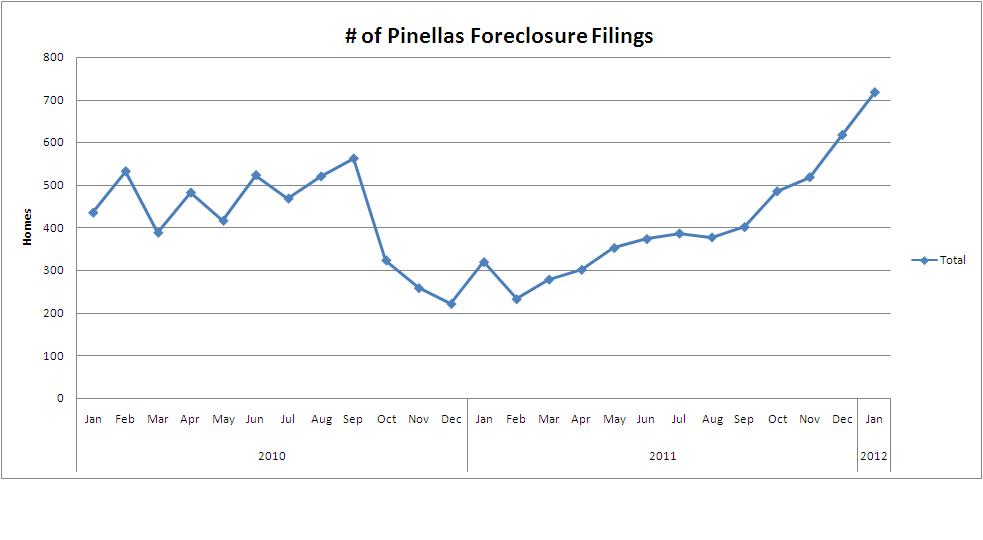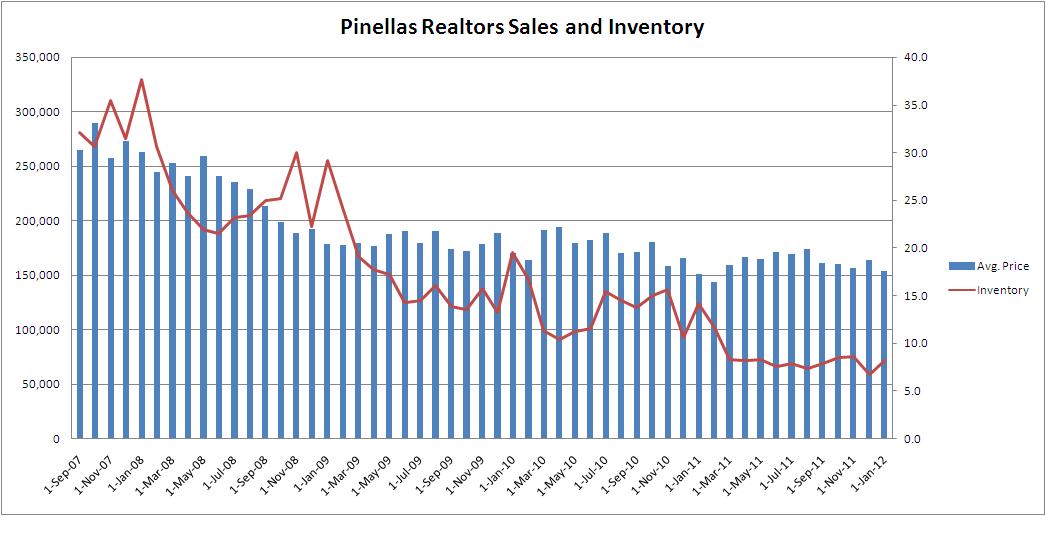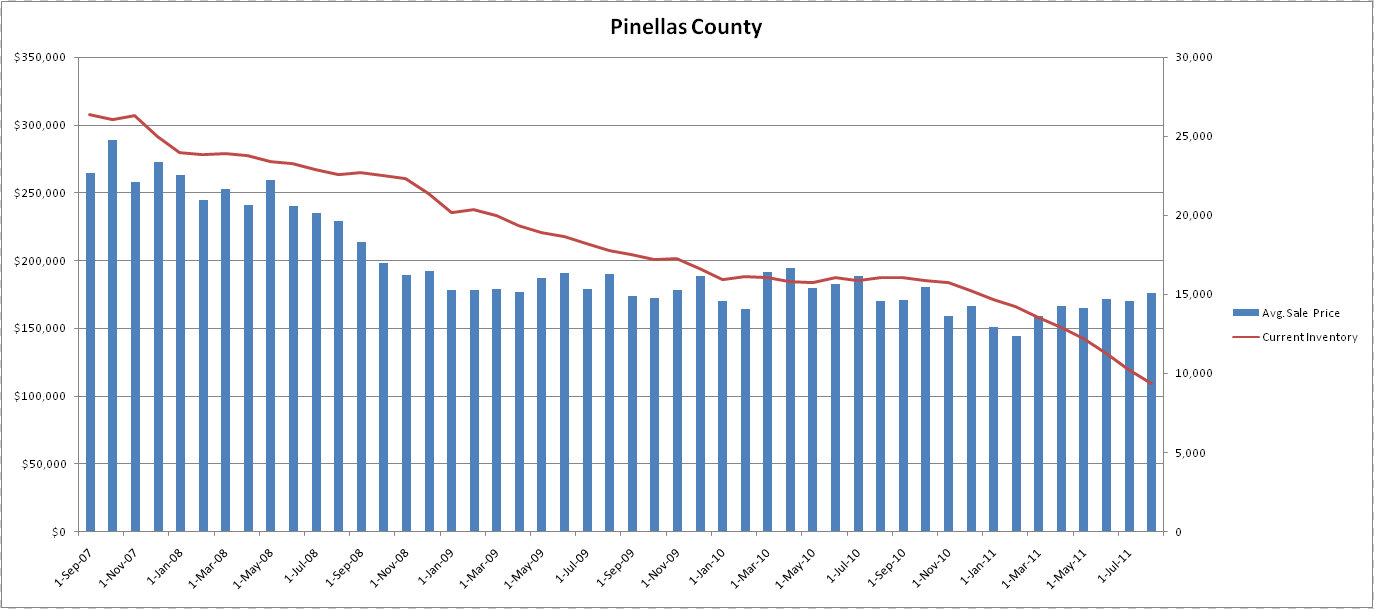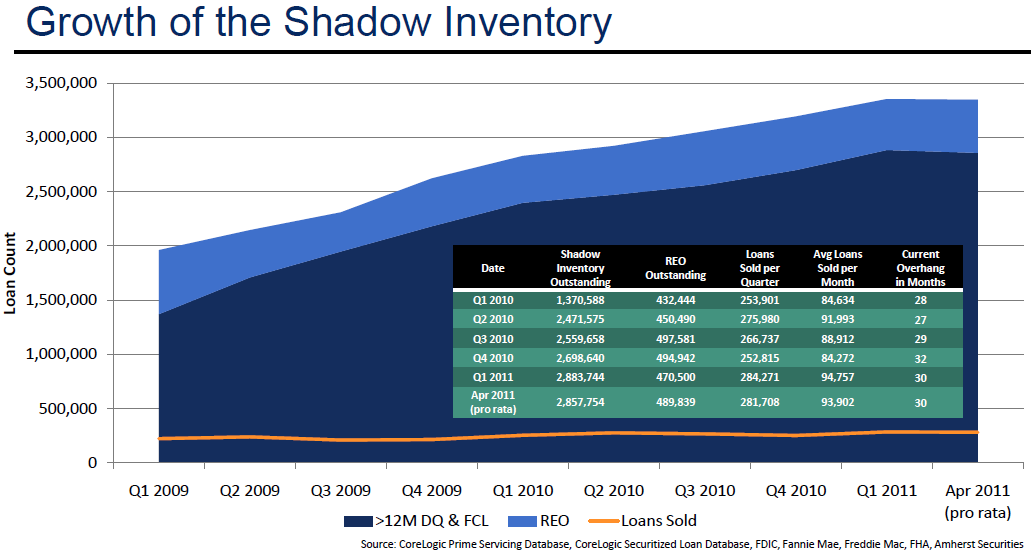This is the best explanation of the foreclosure process that I have found. Follow the link below to read the entire article.
Mortgages, Foreclosures, and Short Sales
Anatomy of a Mortgage
A mortgage is a loan backed by real estate.
When you borrow money to buy a home, you sign an I.O.U. (also called a “promissory note”) and agree to repay the loan in steady monthly installment payments. To protect the lender (the bank) you are required to “give the bank a mortgage” on the property. The mortgage is a document that connects the promissory note to your home. The mortgage says to the bank “If I don’t pay you back on time you can have my home auctioned off and use the proceeds to help repay the loan.” A loan backed up by a mortgage is called a mortgage loan. Sometimes it is called a “home equity loan” or a “home equity line of credit.” Any loan that is backed by the creditor’s right to auction off a piece of land is a mortgage, no matter what they call it.
First mortgage and second mortgages.
What is the difference between a first mortgage and a second mortgage? It’s like an ice cream parlor. On a busy day, you go in and take a number. If you are first, your number says #1. A line forms behind you as others pull numbers 2, 3 and 4. When the person behind the counter is ready, you hear “Now serving number one” and you step forward. You have certain rights that that point. You are entitled to first pick of everything. If you have enough money, you could presumably buy all the ice cream in the store. So, you have the right to be completely satisfied before anyone behind you gets anything. OK, let’s say you buy some ice cream and leave. Now the customer holding #2 steps up (he is now #1, in a sense) and he has the same kinds of rights you had. Mortgages are like that. The first mortgage has a right to auction off your home if you don’t pay and will receive all the money necessary to pay back his loan before the second mortgage gets any money at all. Mortgages get their “number” in the order they are “recorded.” More about this later.




